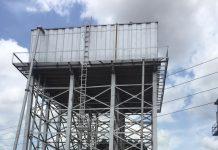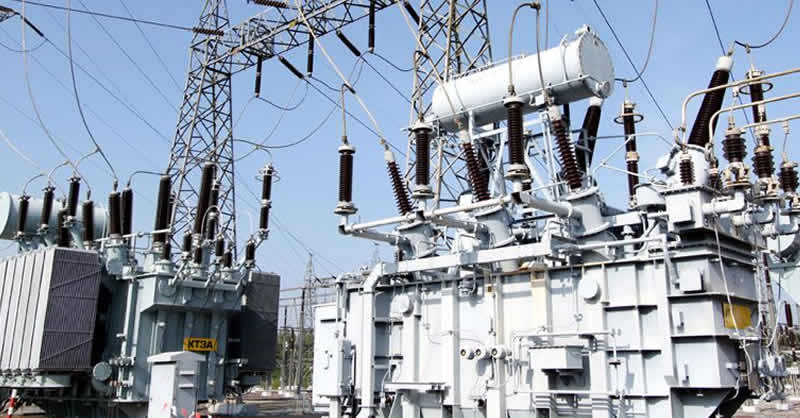Between January 2010 and June 2022, Nigeria’s power grid has suffered 222 partial and total system failures.
An examination of industry data, mostly from the Nigerian Electricity Regulatory Commission (NERC), from January 2010 to September 2021 revealed 216 system failures adding that information on the crashes will be unavailable from September 2021 to June 2022.
In February, May, July, and August of 2021, the grid failed, It collapsed for the eighth time in 2022 last month. Between 2010 and 2019, the grid had 206 outages. According to statistics, Nigeria saw 42 total and partial crashes in 2010, 19 in 2011, 24 in 2012 and 2013, respectively, 13 in 2014, and 10 in 2015. The number of instances increased to 28 in 2016, 21 in 2017, 13 in 2018, 11 in 2019, and four in 2020.
“As a background, the national power grid, a network of electricity transmission lines connecting generating stations to loads across the entire country, is designed to operate within certain stability limits in terms of voltage (330kV+5 per cent) and frequency (50Hz+5 per cent).
“Whenever the grid operates out of these stability ranges, it becomes unstable; power quality decreases and leads to wide-scale supply disruptions, resulting in grid collapse and blackouts,” the report reads.
“While maintaining a stable grid frequency of 50Hz requires a sustained balance between the amount of electricity fed into the electricity grid and the amount of electricity off-taken by end-users since it is not economically optimal to store electricity in large quantities over a long period, the System Operator (SO) ensures that the frequency is sustained at all times within a tolerance threshold.
“When supply exceeds demand, the electrical frequency increases, and in extreme cases some power plants that are unable to tolerate excessive frequency variation may shut down, thereby causing a sudden drop in the available generation on the grid. This exacerbates the frequency imbalance, potentially leading to a full/partial system collapse.
“It is the same when demand exceeds supply and the frequency drops. Unless the SO immediately brings in additional supply or sheds off some load, it could lead to a complete collapse of the grid.”
NERC had assured that it would continue to intensify monitoring of strict compliance with the SO’s directives to generators on free governor and frequency control mode in accordance with the provisions of the industry’s existing operating codes in order to sustain the improvement in grid stability in subsequent years.
The commission also stated that it was looking into possibilities for enforcing an under-frequency load shedding plan that had been implemented to offer an extra layer of protection for the grid in the event of a sudden loss of generation.
The federal government will expedite the purchase and installation of a supervisory control and data acquisition (SCADA) system to minimize the frequency of grid breakdowns, according to the ministry of electricity.
















